Notebooks
A notebook is a set of sheets of paper, printed or blank, bound together with a spiral, folded, interlocked, or sewn, forming a thin book.
Bulk notebooks for students are commonly associated with school classes where students use them to jot down notes for various subjects or do work that teachers ask them to do.
Artists often use large notebooks with ample blank paper spaces for drawing. Lawyers also use large notebooks that often have lined paper and are suitable for use on tables and desks. The horizontal stripes on these notebooks can be wider or narrower, allowing for more or fewer lines of writing. Journalists prefer small notebooks for easy carrying and sometimes use shorthand for note-taking. Scientists and other researchers use laboratory notebooks to document their experiments. The notes in these notebooks are often grid-bound for easy plotting of data.
Spiral Notebooks
It is often cheaper to buy spiral notebooks, i.e., a wire spiral fitted with perforations on one side of the cover or sheets. Another possible form of binding is to use glue to bind the pages together. Nowadays, it is common for notebooks to have a thin perforation line on the pages so that they can be easily separated. In spiral notebooks, the pages can also be easily torn off, leaving an uneven mark on the part of the sheet that is torn by the rings.
The format of a notebook varies depending on the purpose of the notebook. These are the most common formats: A4, A5, A6, A6, A7, Folio, 155x215, 105x155, 75x105. Although they can be manufactured with other dimensions. In the case of sketchbooks, the format tends to be somewhat larger, with sizes such as A3, A3+, or even A2.
For the inside of notebooks, it is most common to use offset paper to allow easy writing of annotations and drawing on its surface. The grammage to be used for the inside paper varies according to the type of notebook. In notebooks, it can range from an offset of 80 gr to 120g. For sketchbooks, the weights are usually higher, even up to 300 or 350g. Heavier weight usually means one of the best notebooks -- stronger support of watercolor or inks for painting without producing wrinkles or damage to the surface of the paper. The covers of the notebooks can be printed in any material and grammage of those existing in the market; the possibilities are unlimited, although the most common are coated, offset, recycled, cardboard, and various specialties. It is even common to protect the covers by printing them on rigid supports, PVC, or polypropylene. In addition to cover materials, designs also make a difference in impacting purchase decisions. For personal use, cute notebooks are preferred by a large number of consumers.
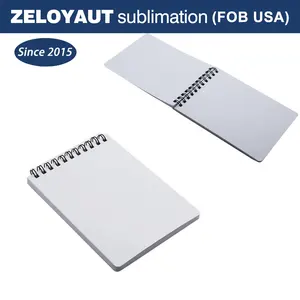



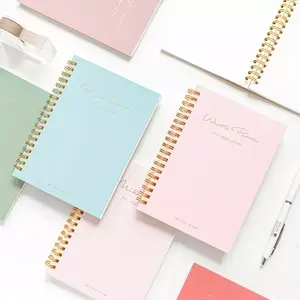






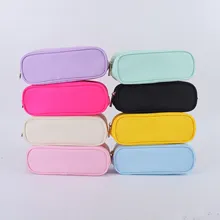



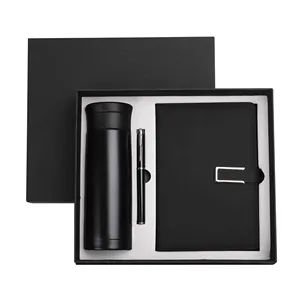


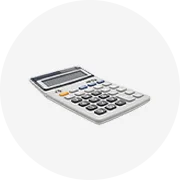

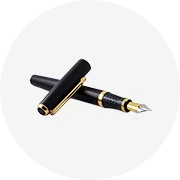
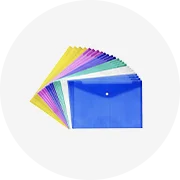
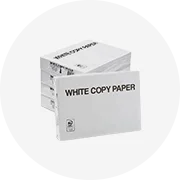
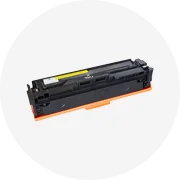
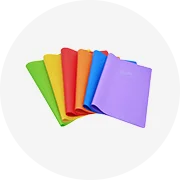

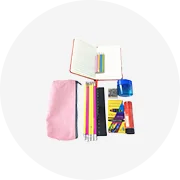

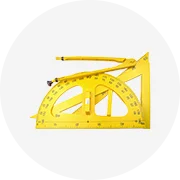

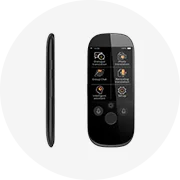

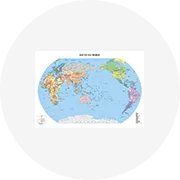









 浙公网安备 33010002000092号
浙公网安备 33010002000092号 浙B2-20120091-4
浙B2-20120091-4